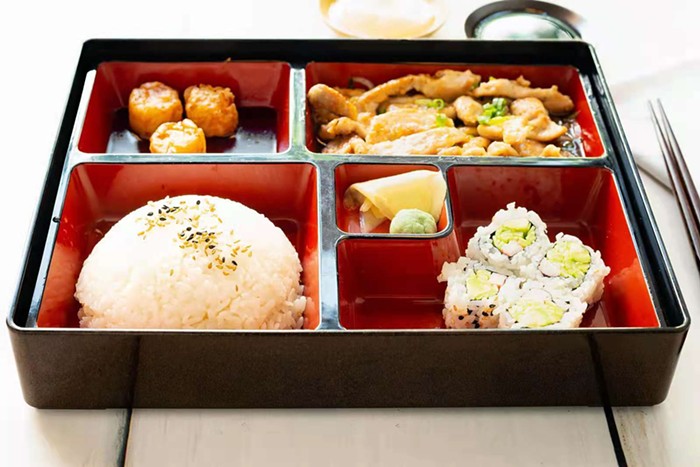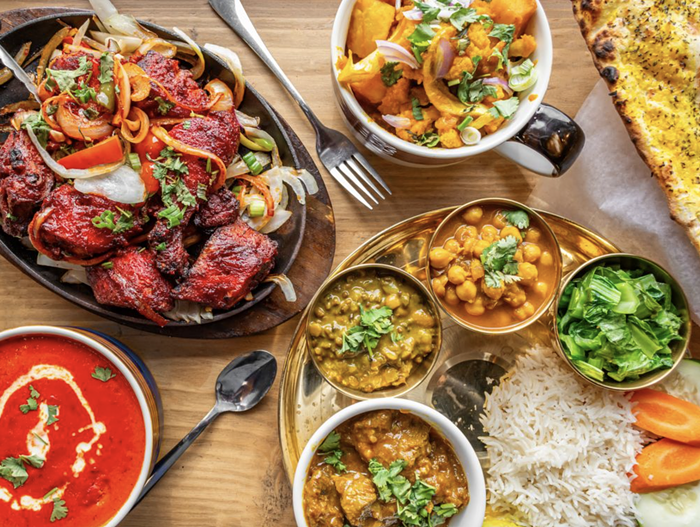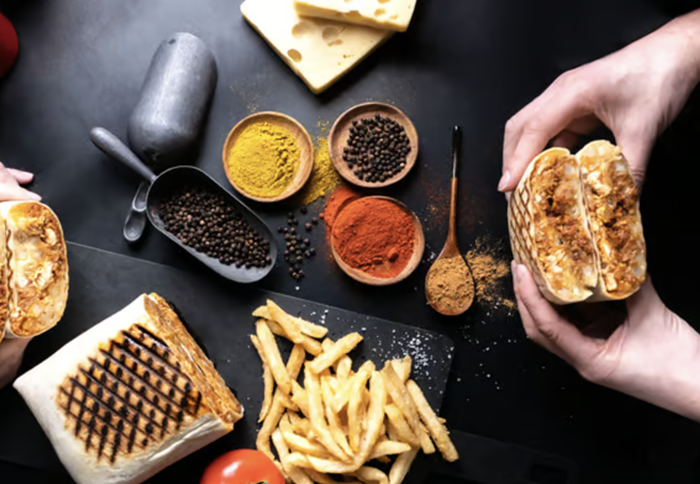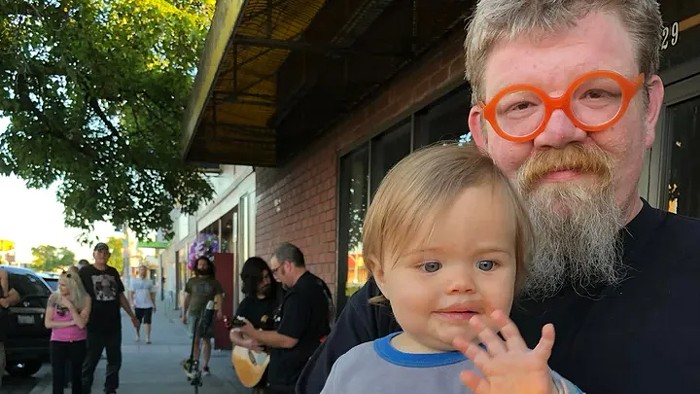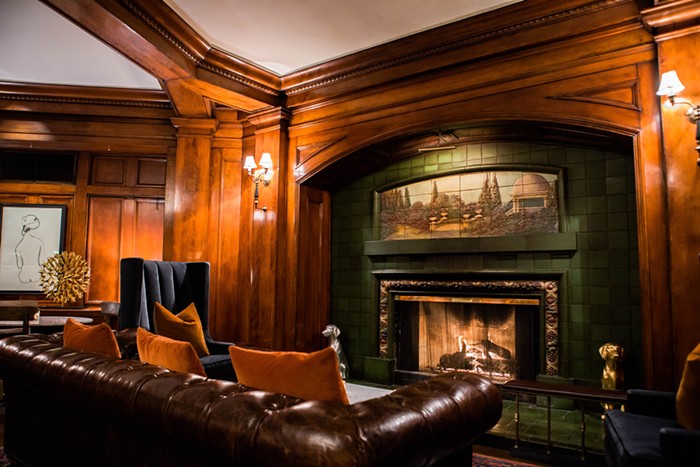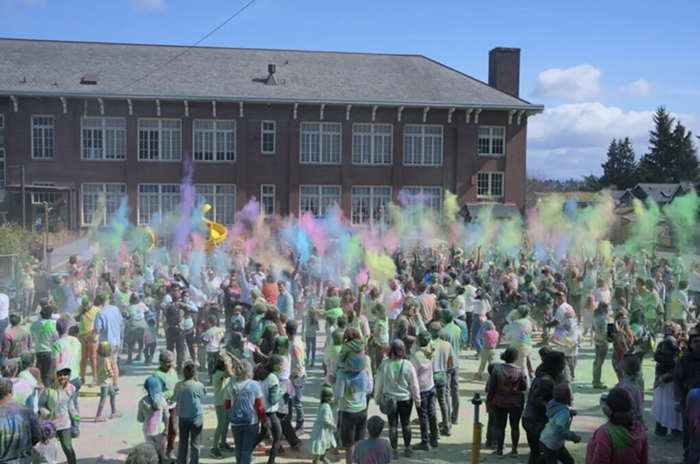
Yes, says a blogger for Harvard Business Publishing:
...there's no way a corporate coffee chain can create an authentic neighborhood coffeehouse experience... Faking it is not a good strategy in bed or in retail... the clumsy cloak-and-dagger of how this "independent" store's status was handled leaves such a foul taste that I can only assume it will go the way of Circadia, Starbucks' failed, late-90s attempt at a similarly funky neighborhood coffeehouse that sold booze.Howard, stop fiddling with these distractions. Focus on improving the core.
I'm no "internationally recognized thought leader on user experience" like this guy is, and I hope that he's right, but I'm not at all convinced. It seems as if these faux-independent cafes, deployed in the right markets, could do just fine for Starbucks. The people that are vehemently anti-Starbucks anyway still won't go (at least as long as they're aware that the cafes are actually Starbuckses; a little extra profit will be made just by fooling people). But his premise assumes a value placed on authenticity. What is authentic? A hunt-club pub with burlap walls and creepy and wonderful taxidermied birds, opened a couple years ago in the middle of Seattle by a woman from Montana?
There's a percentage of the population that's rabidly anti-corporate and pro-independent-business, but the majority of people (even upscale urbanites) just don't care that much. The entire, and entirely successful, Urban Outfitters concept is served-up-for-you, mass-market-hip, and everybody buys that (even though U.O.'s president allegedly pulled a pro-same sex marriage T-shirt from inventory and definitely has contributed funds to hideous Republicans such as senator Rick Santorum). Faking it is, in fact, a tried-and-true strategy, depending on what it is you want to accomplish.
The "foul taste" above generated a ton of publicity, with Starbucks finding many defenders (as in comments here). And the public tends to forget such foul tastes fairly immediately, the minute the next flavor of the month comes along.
If it looks good (and most people, like over at Seattle Metblogs, think that it does*), and the coffee's better (and it should be, since shots are hand-pulled and drip's made to order in your choice of three different ways), and it has yummy, fresh, locally made pastries and so forth (check), then it avoids the problems most people in upscale urban neighborhoods have with Starbucks: not that it's Starbucks, per se, but that it's plasticky, unwelcoming for hanging out, and not that good.
It won't work everywhere, but that's not the plan. And sure, Starbucks needs to address its bigger problems. But 15th Ave. Coffee & Tea Inspired by Starbucks seems like a pretty smart adaptation to a specific environment, with lots of research and planning; it seems like the kind of "agility" that a thought-leader-on-user-experience might just as easily praise.
They should probably skip the poetry readings, though.
*To me it looks like they tried way too hard—it's evident that it's interior decor by committee, purposefully using all the upscale-independent-coffee-house tropes, rather than the product of one (or a few) actual independent minds. But, as I said, most people think it looks good, because most people just aren't all that particular: A close-enough facsimile is as good as the real thing.
Via the Seattle Times.
Photo of fake Howard Schultz from the opening day protests.
